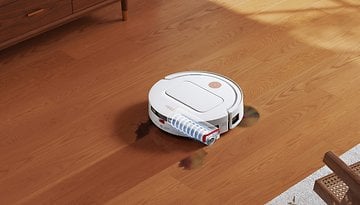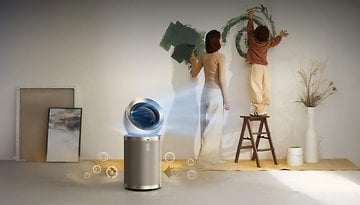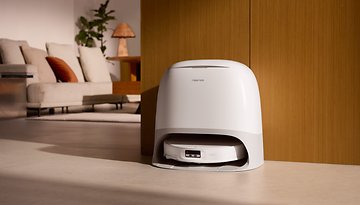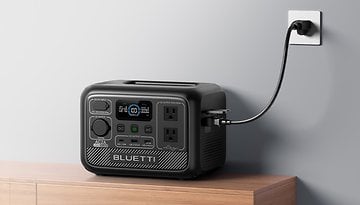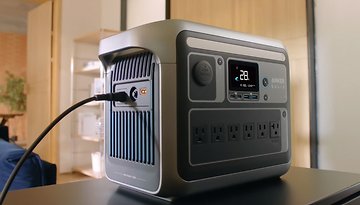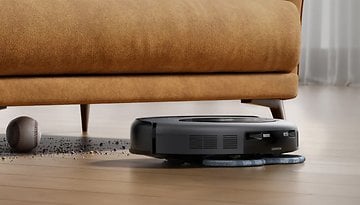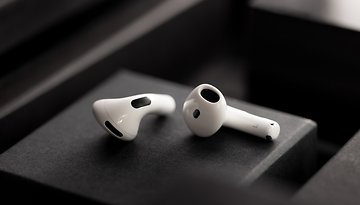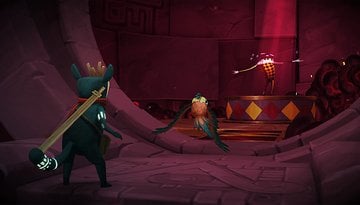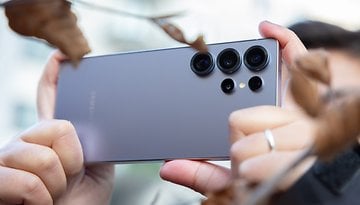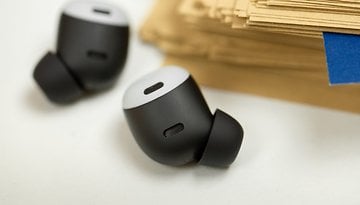#TBT - Microsoft Smart home: a fortunate failure
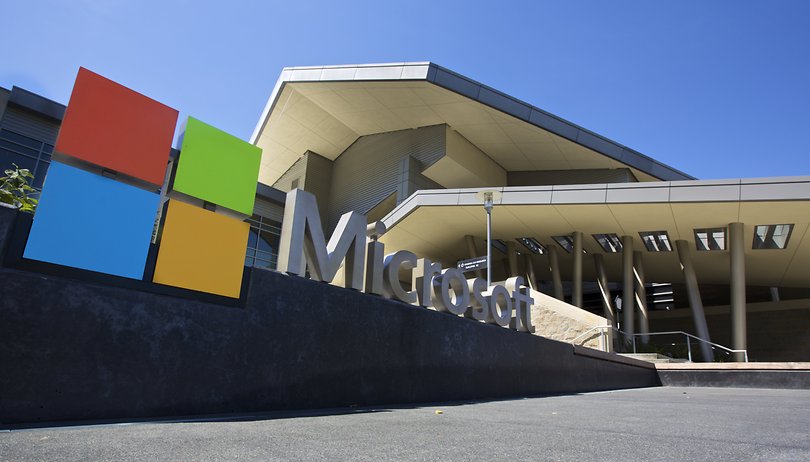

It was back in 1999 and Microsoft was planning to upgrade the homes of many users with its smart home project. Smart door phones, old-fashioned home automation and embarrassing digital services take us back to an era that seems so far away. Looking at this video today, it seems almost lucky that the Redmond company failed in its intent...
Forget the world of the Internet of Things (IoT) and digital assistants. The video I'm about to show you concerns a historical period in which the concept of a smart home still had to be well defined and the technology had to evolve to achieve what we just now consider "acceptable" in our home. This was the smart home of the future according to Microsoft at the time of Windows 98!
The video starts by showing us the main entrance to a house. The owner is able to unlock the door by scanning the iris (similar to the one used by Samsung from the unfortunate Galaxy Note 7) or face and voice recognition.
Who needs smart intercoms like Netatmo, Nest or Nuki at the bottom when you can stand in front of the door waiting to be recognized? The lucky user of Microsoft's smart home must hope never to be in a hurry...
The situation inside can only be better, right?
In a way, yes. Once in the house, the owner approaches the home automation management panel (smartphones were not yet the center of our lives and smart displays were far from being a reality) and selects her favorite "scene".
The shutters are raised, the lights are switched on, pleasant background music is played and the messages received at the answering machine are read aloud. And to think that the routines of Google Assistant, Alexa, Bixby or the Siri Shortcuts arrived almost twenty years later!
Dinner time
The time has finally come to prepare dinner and Robin (the name of the protagonist in the video) decides to check the family schedule to see who will be home in time. Obviously to do this in the kitchen there is a huge desktop PC with its LCD monitor and Windows 98 on board, often more than a modern all-in-one.
Robin is able to send a message via his PC to her daughter's Windows CE-enabled Casio handheld, because a normal SMS was too complicated, and giving the young girl a huge and expensive handheld was probably a good idea, according to Microsoft.
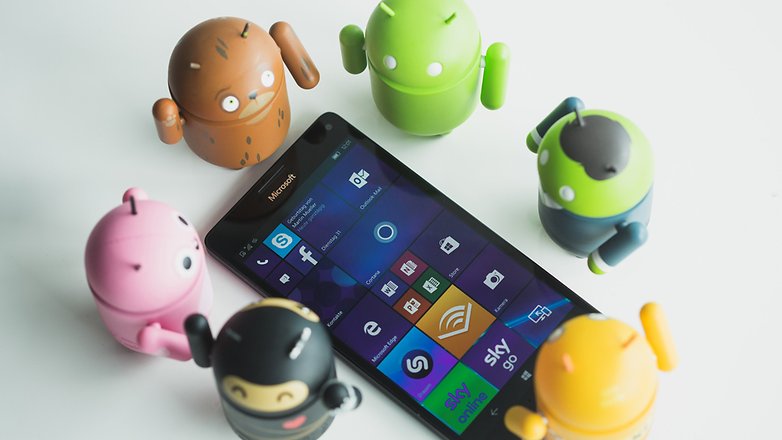
However, it must be admitted that the company has not gone far from the current vision in which a mother sends a message on Facebook or WhatsApp to her daughter to verify that she is coming home; messages that will be read from a smartphone. In this case Microsoft had substantial foresight, unfortunately the technology still had to mature properly.
Smart shopping
So Robin begins to prepare dinner but realizes that she has forgotten one of the ingredients. Thanks to the smart home, however, Microsoft was able to "stalk" her husband by looking at the location of his car on a map and then forcing him to go shopping and buy the necessary goods. A function that nowadays would not be widely accepted by with so much enthusiasm, probably.
Microsoft had also thought of a smart system to fill the pantry. By scanning the barcode on the packaging of a product, it could be added automatically to the list of items delivered regularly by the courier. Amazon, tell the truth, was your app 'inspired' by this? According to Microsoft, even everything that was thrown into the trash had to be re-ordered automatically...
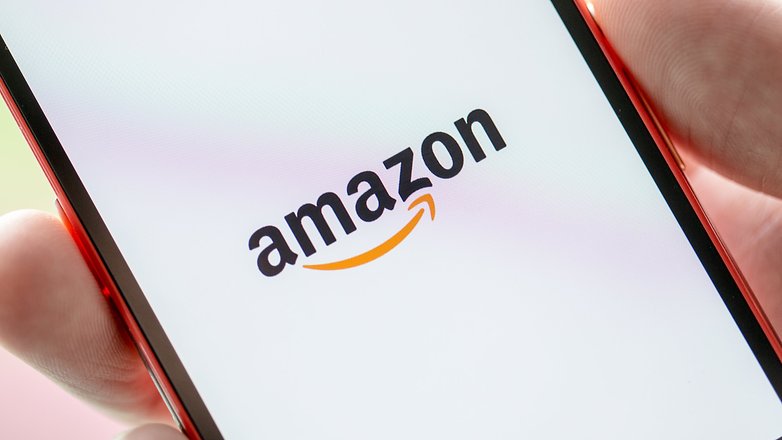
Every single device in the house is connected
Obviously it is not only the kitchen that is intelligent, what kind of smart home would it be? Once home, her husband selects his favorite "scene" from one of the home automation management panels. The smart home then lowers the shutters in the living room and turns on the TV.
Meanwhile, little Jessy is practicing at the piano only to be interrupted by an annoying notification sent by Internet Explorer that reminds her that her favorite TV show is about to air. Rightly TV has priority over exercises, good example Microsoft! In his room, at the same time, the little brother is using a microscope connected to the PC for his studies.
Even the stoves are connected to the home network and able to warn anyone in any room that dinner is finally ready. Alex, the youngest son of this hi-tech family, selects the "family dinner" scene from one of the smart home's countless control panels before he goes to the table.
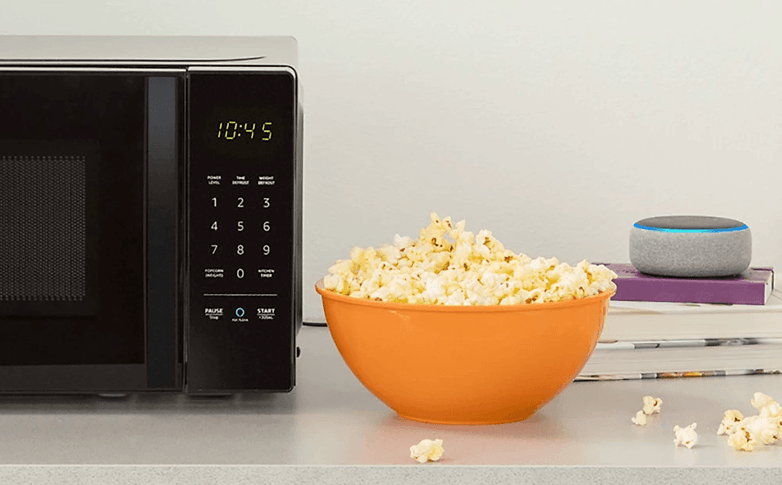
This scene sets the music in the background, adjusts the lights and turns off the phone unless it's an emergency: a primitive form of DND mode (don't disturb) of today's smartphones that also includes the front door.
On-demand TV and remote control
If you think that on-demand TV, streaming and remote control are recent news, you are wrong. The era of Netflix and co. was still in its infancy (the company launched its streaming service in 2007), Microsoft had already realized however that the VoD was the right direction to follow. In the video you can watch the father pause the news and control the playback of a movie on a second TV for children. In Microsoft's house of the future there's no Google Chromecast or Fire Stick TV!
Obviously the control of the smart home is available from any PC in the house, we must remember that personal computers were the center of the technological life of the whole family at the time. From there you can manage the ventilation of the house, the temperature and the lighting of each area, a bit like you can do today from the app Google Home, Apple Home and Amazon Alexa.
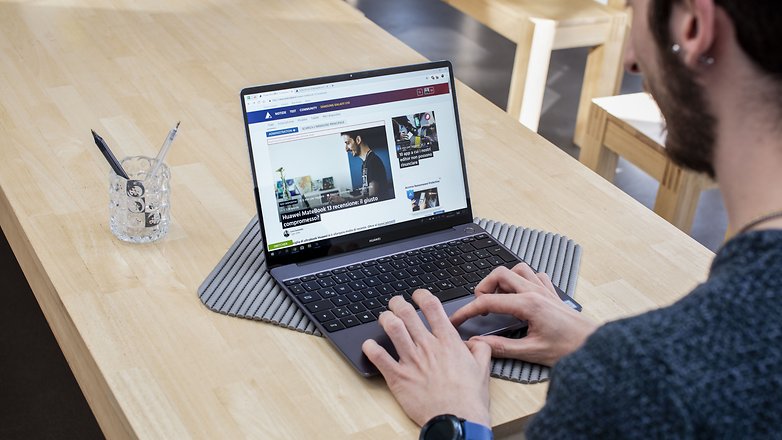
The bedroom also has its share of devices connected. Robin relaxes by reading a wireless e-book while her husband checks the weather forecast from his Connected phone (a smartphone with wire?) which can check the home. Once you are ready to go to bed, the alarm system is activated with a simple voice command and the lights are switched off.
The smart home of a future that never came
The vision of Microsoft's smart home was really bold. In the old millennium, thinking about filling a house (and cars) with all that technology was unthinkable or at least prohibitively expensive.
Fortunately, the evolution of technology has allowed the creation of connected devices that can be integrated into any home without the need to install them during the construction of the building. The initial cost of making a living space smart and connected has been significantly reduced, allowing anyone to experience the world of IoT and smart home for themselves without having to make huge investments.
In addition, the unstoppable spread of smartphones, the growing number of dedicated applications and the arrival of smart speakers and digital assistants has also made it possible to make the interaction with the smart home itself much more comfortable. Fortunately, the modern vision of the connected home is much more interesting than that shown in the promotional video...
It's a pity that Microsoft didn't believe in this project to the end, remaining in fact one of the few giants in the computer world not to focus strongly on devices dedicated to the home environment. Even Cortana practically had to retire to private life (probably called back by Master Chief in view of the arrival of Halo Infinite) leaving room for the integration of Alexa's rival voice assistant on Windows devices.
And by the way... Who the hell is Astro?
Would you like to see Microsoft return to the smart home world with dedicated products integrated with Windows?






